Fungi and mycoses. What types of fungi exist and what is their function in the forest?
2 years ago · Updated 6 months ago
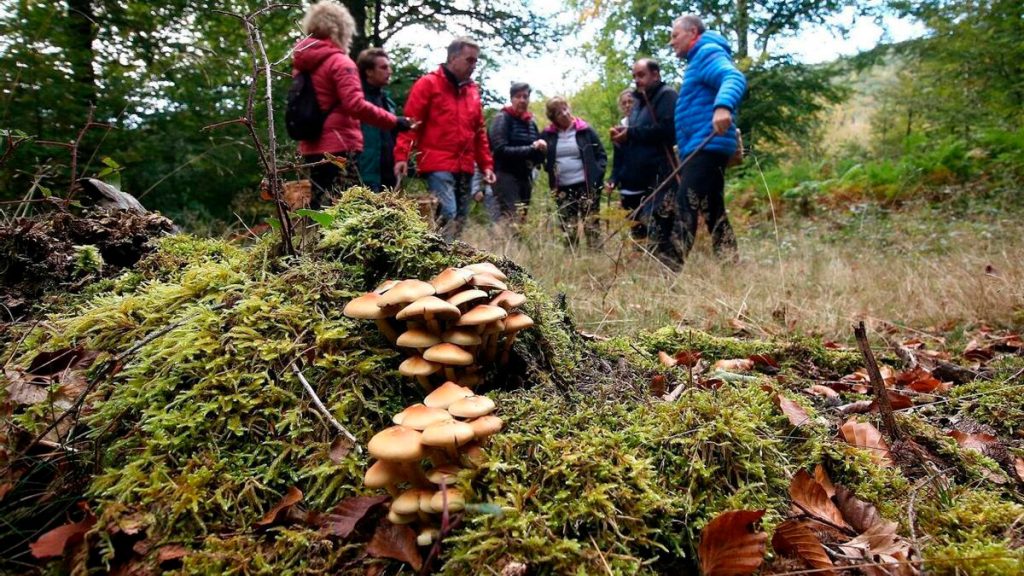
- We all love watching lessons about mushrooms and fungi, but... do we know the difference between a mushroom and a fungus?
- What is the difference between mushrooms and boletes?
- Differences between mushrooms and fungi
- Do not damage the mycelium
- What is a mushroom?
- What is the function of fungi in the forest?
We all love watching lessons about mushrooms and fungi, but... do we know the difference between a mushroom and a fungus?
We'll explain the differences between mushrooms and boletes, what types of mushrooms exist, what their characteristics are, and what their real function is in the forest. Keep reading
What is the difference between mushrooms and boletes?
This is one of the most common questions in Google searches, and surely every mushroom lover has asked themselves this question at the beginning of their passion.
For an expert mycologist, the difference between mushrooms and boletes is very simple and clear, but for non-experts, we will try to explain it in a simple way.
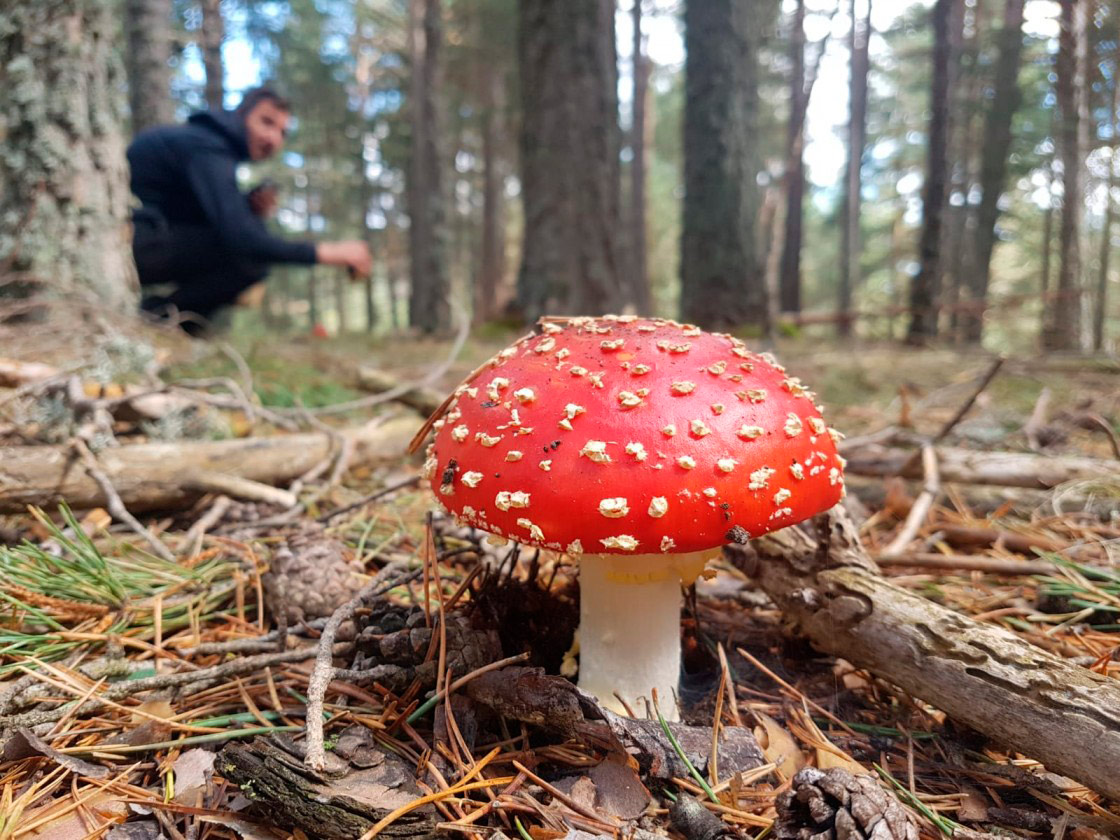
Differences between mushrooms and fungi
Fungi are fascinating structures that belong to the kingdom of fungi and constitute the reproductive part of mushrooms. These mysterious and attractive forms emerge from the ground or organic matter where the mycelium is found, which is the network of fine filaments that make up the vegetative structure of the fungus. Their main function is to release spores to ensure the reproduction of the fungus and thus perpetuate its species.
On the other hand, the term “mushroom” encompasses the entire organism, which includes both the mycelium and the mushrooms that emerge in their reproductive stage. Fungi are therefore only a visible and ephemeral part of the fungus, while the mycelium, which can extend widely underground or in organic substrates, represents the majority of the organism. This complex structure allows fungi to perform vital functions in the ecosystem, such as the decomposition of organic matter and symbiosis with other plant species.
Key difference between mushroom and fungus:
- Mushroom: The reproductive and visible part of the fungus.
- Fungus: The entire organism consisting of mycelium and mushrooms.
It is important to note that mushrooms, in addition to their ecological importance, have captivated humans throughout history.
Their diversity of shapes, colors, and sizes, combined with their presence in various myths and legends, make them objects of interest for nature lovers, mycology enthusiasts, and gourmet cuisine aficionados.
Both for their relevance to the natural balance and for their culinary value, mushrooms and fungi are essential and captivating elements in the vast world of biodiversity that surrounds us.
Why do we call mushrooms mushrooms?
It is very common to find recipes where mushrooms are called champignons, and some species are even known directly by the name champignon. For example, boletus aereus are called champignon noir. Also, in certain geographical areas, wild mushrooms are known as mushrooms or fongos, as is the case in the Maestrazgo region between Teruel and Castellón.
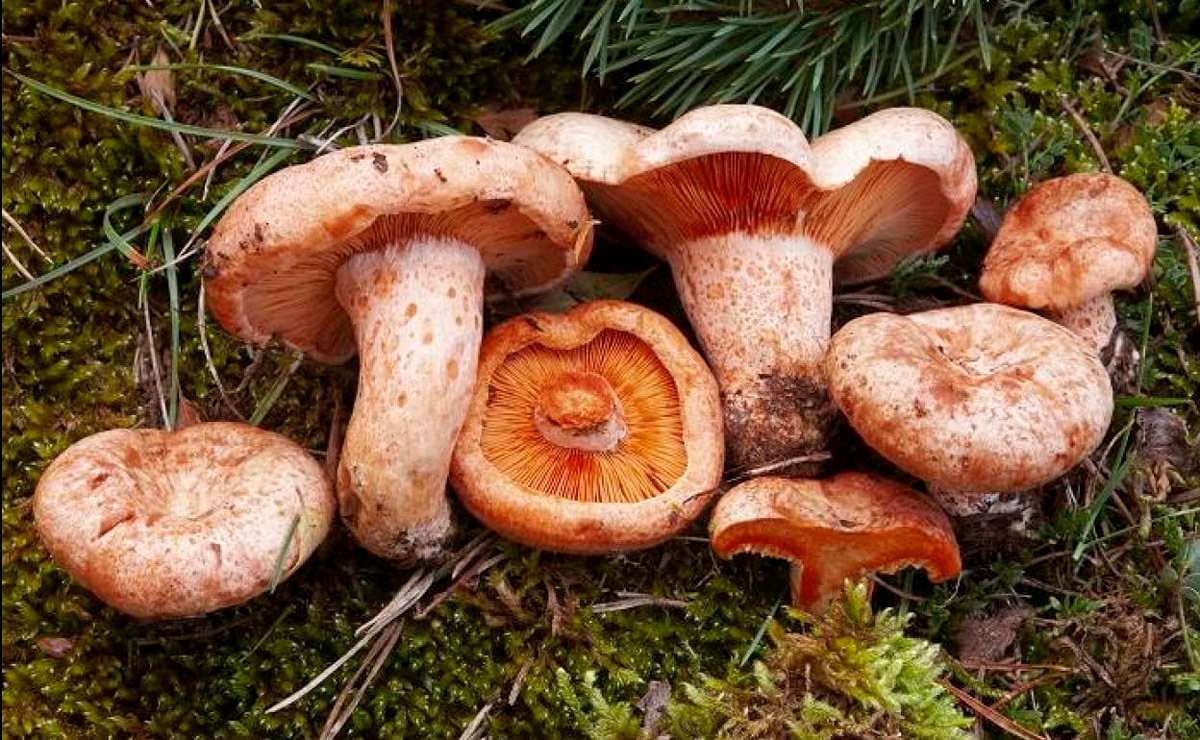
But we can say that when we see a mushroom recipe on a restaurant menu, what we are going to eat will not be mushrooms. Despite the use we give to the term mushroom, we must be clear that technically the name should be fungus.
Most people distinguish between a mushroom and a fungus for various reasons. Some call wild species mushrooms and those that can be cultivated fungi. Others differentiate between types of mushrooms and mushrooms depending on whether they have gills like mushrooms (champignons) or pores like boletus (which they call champignons). Thus, we can find different, unscientific methods for differentiating mushrooms from fungi and vice versa.
What is scientifically proven is that mushrooms, the visible carpophores, are the result of the fruiting of the fungus body, which is what we could technically call a fungus. And this statement applies to all types of truffles, milk caps, boletes, and mushrooms.
What is a mushroom?
We have already explained that mushrooms are equivalent to the reproductive system of fungi, which would be the underground, buried, and invisible part of this organism. Thus, the fruit of the mushroom would be the mushroom itself. Although it should be noted that technically, they are neither animals nor plants. Furthermore, they share characteristics of both groups.
How do mushrooms divide?
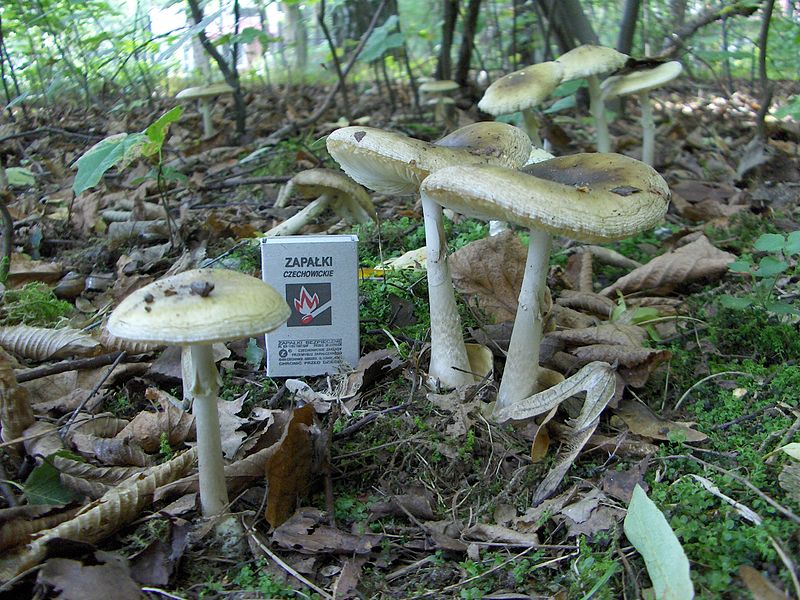
We could classify fungi as lower and higher, depending on their size. When we talk about lower fungi, we are referring to microscopic fungi that cannot be seen without the aid of a microscope. Macroscopic or higher fungi, on the other hand, are all those species of fungi that we can find in meadows and forests.
Another way of classifying fungi is to divide them into edible fungi, poisonous fungi, and toxic fungi.
There are even enthusiasts who make a less scientific division and talk about types of yellow mushrooms, red mushrooms, white mushrooms... Although this division cannot be used beyond separating mushrooms into those that are colored.
What are the parts of a mushroom?
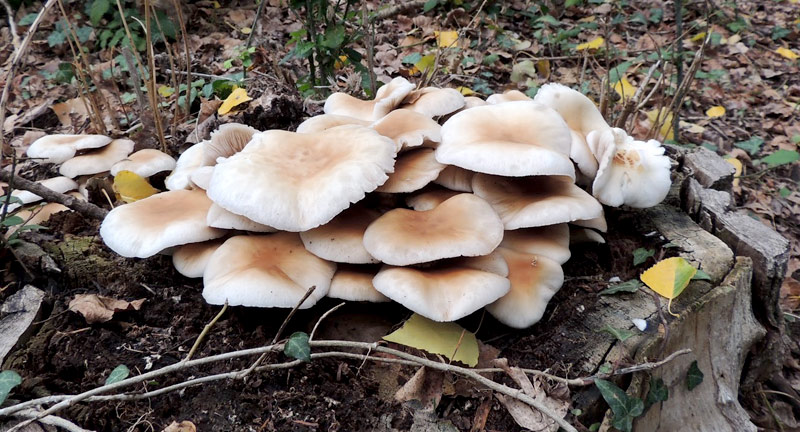
The body of the mushroom, which grows and reproduces, is called the mycelium. It is equivalent to the roots of trees and plants. It is composed of an infinite number of whitish filaments called hyphae. The mycelium grows and spreads underground and waits for the optimal climate conditions of humidity and temperature to develop the mushroom, which is the reproductive organ through which it will disseminate its spores. These spores, to continue with the plant comparison, are equivalent to seeds.
The mycelium or vegetative part can be several meters long, almost impossible to quantify because it grows intertwined and below the surface. It is closely associated with other roots in the case of mycorrhizal fungi, and with decomposing matter as saprophytes. It can even be associated with living beings, as in the case of parasites.

Do not damage the mycelium
It is important to know this information, as the mycelium is the weakest part of a mushroom. It suffers the most when we harvest mushrooms in the forest. To avoid this, mushrooms should be harvested carefully, without pulling them out excessively or depriving them of the layer of soil, leaves, wood, etc. that surrounds them. This will prevent them from drying out and disappearing.
What is a mushroom?
If we draw a parallel with a fruit tree, for example, the mushroom would essentially be equivalent to the fruit of the tree and the fungus to the tree itself. But in the case of mushrooms, they usually appear on the surface of the ground while the fungus grows underground.
As we have said, the mushroom would be equivalent to the fruit of the fungus. It is also the organ responsible for the reproduction of the species. However, its main function is the development and dispersal of spores. To do this, the mushroom has developed different forms that allow for greater spore production. The case of the mushroom known as the wolf's fart is curious, Lycoperdon perlatum. This mushroom disperses its spores when raindrops fall on it, ensuring that the spores find moisture for germination.
Are fungi plants?
The answer is categorically NO. Fungi are neither plants nor animals. In fact, they differ from plants in many ways. They are classified in a different kingdom, the fungal kingdom. They are detritivorous, coprophagous, symbiotic, and necrophagous organisms. In other words, they feed on waste and decomposing organic matter or the waste of other animals and, in the case of mycorrhizae, live in association with certain classes of plants. Their unique synthesis of chitin makes them more similar to certain classes of insects than to plants.
Fungi. Characteristics and growth
We have already mentioned that the hidden part grows underground. We are referring to the hyphae and mycelium, which are equivalent to roots. These require special humidity and temperature conditions to spread and develop. Each mycological species will need special conditions. When the climatic conditions are right, the fungus begins to develop mushrooms, which are the reproductive organ. Thus, once the mushroom specimen has developed, it will begin to generate spores that will ensure the development of new mushrooms and fungi.
Conditions for mushroom growth
We have already mentioned in other articles that mushrooms exist throughout all seasons of the year, from spring mushrooms and summer mushrooms to winter mushrooms. However, there is a time of year when mushrooms find the right conditions for their development. We are talking about autumn and, to a lesser extent, spring. This is because the climatic conditions for growth are around 10 to 26 degrees Celsius for a large number of species. And it is during these two seasons that these temperatures are generally observed.
A mushroom usually takes a few hours to a few days to grow.
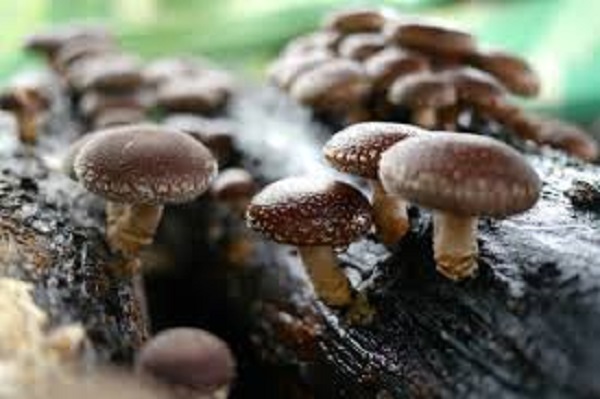
What is the function of fungi in the forest?
Let's start with the assumption that the forest floor is teeming with life. Soil microorganisms feed on the organic matter found there (dead leaves, branches, remains of other organisms, etc.). These microorganisms complete their life cycle in the soil, feeding on these organic remains, breathing, reproducing, and dying, bringing even more life to the soil.
If there is little moisture in the soil, the activity of these organisms slows down, while if there is abundant moisture, they multiply. When we walk in the forest and smell the damp earth, it is actually the smell of all the microorganisms that live there.
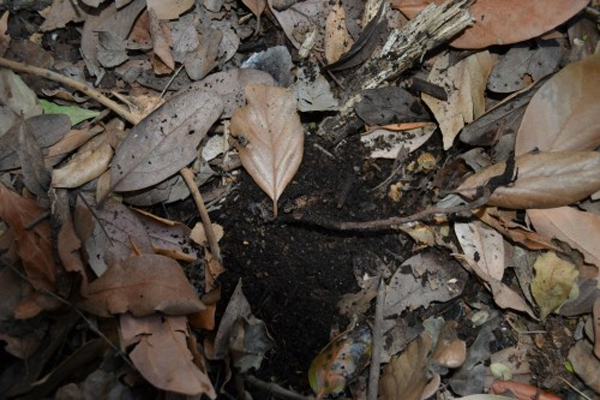
What do mushrooms feed on?
Plant residues are not the only food source for the microorganisms that live in the forest floor. In fact, they are far from being the most important food source. Roots are responsible for both supplying plants with moisture and minerals and exuding moisture and sap. These root exudates, as they are technically known, are actually the main food source for microorganisms. Microorganisms approach the roots to feed.
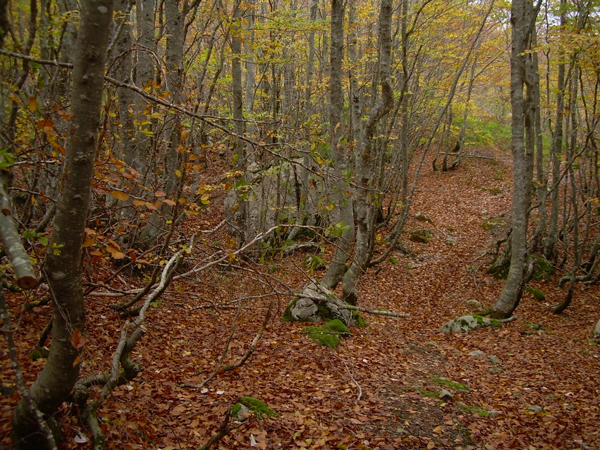
One of the reasons why mycorrhizal fungi help the plants they attach themselves to is that these fungi cover the finest root tips and prevent significant moisture and sap loss through these areas, so that plants with associated mycorrhizal fungi grow more and better and are better protected than others against attack by other parasitic fungi and diseases. In addition, they feed these trees with mineral salts and water, and in exchange receive the sugars created by them.
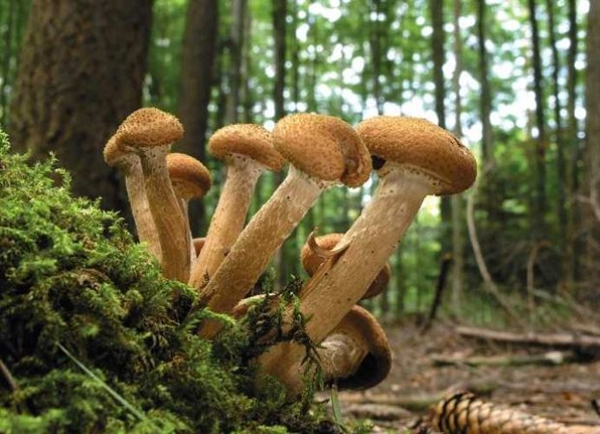
The function of fungi in nature
It is simply to consume organic matter, leaves, plant and wood debris, insect excrement, etc. One species of fungus consumes one type of organic matter, while others specialize in consuming dead wood. Specialization means that each species is more efficient with each type of material. If fungi did not exist, plant remains would accumulate in the forest floor. They are ultimately recycling organisms, returning the organic and mineral components that were in the dead organic matter back to other organisms.
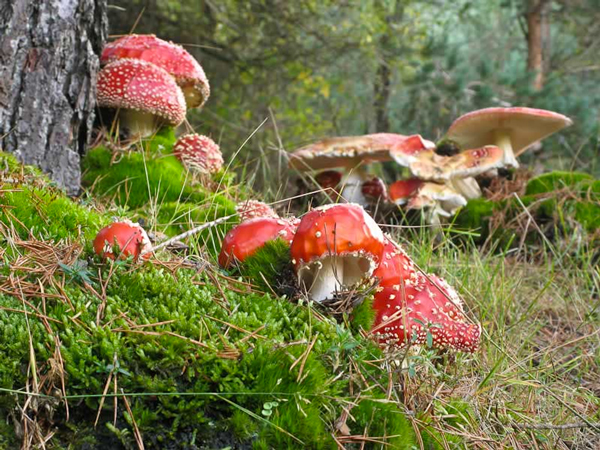
Other functions of fungi
In addition, they have other functions, as they have the ability to solubilize certain minerals, such as phosphorus, iron, manganese, etc., so that plants and trees can absorb them and enrich the soil with minerals. Therefore, there is no doubt about the function of fungi as fertilizers of the soil where they live.
From now on, we will surely appreciate the work that different fungi and mushrooms do in the forest and understand why we say that all mushrooms, even the most poisonous ones, perform an important job in the mountains and, therefore, we should not touch or trample on them because they also fulfill their function.
Health and mushrooms!

Te pueden interesar